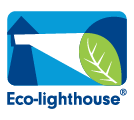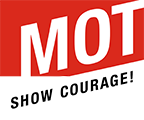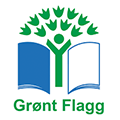Lice - General Information
UPDATE:
Til alle foreldre på Den internasjonale skolen
Barneskolene i Asker arrangerer en kampanje mot hodelus i uke 10 (week 10 headlice campaign).
Det nytter IKKE å bekjempe hodelus alene.
Vi må samarbeide for å få bukt med luseepidemiene som oppstår.
Etter initiativet fra organisasjonen Lusfri Norge (www.lusfrinorge.no) har skolehelsetjenesten i Asker vedtatt å fortsette med to ”avlusningshelger” i året.
Det dere skal gjøre, er å gre igjennom barnas hår med lusekam en gang i løpet av helgen 7-9 Mars -14
Det er mange skoler over hele landet som sliter med epidemier. Setter foreldre fokus på temaet om hodelus de samme helgene, i uke 10 og 35, oppnår vi best resultat.
Koordinerte avlusninger vil sørge for at risikoen for å bli smittet igjen er minimal.
Smittede personer vil kunne ta behandling samtidig og hodelus møter vanskelige levevilkår.
Barnehagene i Asker vil også delta i denne kampanjen.
Hodelus er ikke farlig men svært ubehagelig og helt unødvendig!
Vennlig hilsen skolehelsetjenesten i Asker kommune
Its not sufficient to simply combat the effects of head lice.
We must work together to prevent the head lice epidemic occurring.
Following the initiative of the organization 'Lusfri Norway' (www.lusfrinorge.no) the school health services in Asker have decided to continue with two de-licing events per year.
What you should do is to comb through the child's hair with a lice comb once during the weekend of 30/8-1/9
There are many schools across the country who are struggling with this epidemic. This program encourages parents to focus on the topic of head lice during the same weekend, in week 10 and 35, to achieve the best results.
Coordinated delousings will ensure that the risk of getting infected again are minimal.
Also this way those who have been infected receive treatment with those who are not, limiting any possible spread and reducing any stigma associated with the plan.
Kindergartens in the Asker will also participate in this promotion.
Head lice are not dangerous but very uncomfortable and totally unnecessary!
Yours sincerely,
School health services in Asker Municipality
How to check for head lice? (Code of Public Health)
COMBING for head lice can be performed in dry or damp hair. The two methods have different advantages and disadvantages in relation to each other, but the important thing is that you comb.
COMBING - damp hair: Wet the hair, put a towel over his shoulders and comb the entire head. Check both the towel and the comb for lice.
COMBING - dry hair: Tilt your head over a white surface and comb. Check the comb and the surface for lice.
There is a type of a lice comb with a special design called NITCOMB-M2. The comb can be purchased at the pharmacy. Feel free to also use a magnifying glass. Nits and lice will fall down on the towel. Use a separate comb for each family member. The comb and towel should be boiled or frozen after use.
Prevent the spread:
If your child has lice, notify the school / nursery and playmates to prevent the further spread of the condition. Take all extra clothes home from school. Wash or freeze the clothes. Know that everyone is doing it!
Treatment with drugs
Approved, OTC lice products can be purchased at pharmacies. Public Health (des.06, See www.fhi.no, the Pest) recommends Prioderm or Malation as a treatment for lice. If you have a lice infection and you are pregnant, lactating or is present in children under 2 years you should consult your doctor first. The recommended treatment for this group is 'Nix shampoo'.
Follow the instructions carefully and use a lice comb as well. Combing is an important supplement to chemical treatment. It is important to check the hair daily for 3 weeks after the last treatment. Although some lice are resistant to treatment, lotions usually paralyze them for a while. While they are paralised, lice can be combed out of the hair.
It is important to remember that only those who have lice should be treated. If one treats "for safekeeping", this can lead to lice becoming resistant. The rest of the family and the people the child has been in close contact should be examined daily for the following 3 weeks.
Facts about head lice
It is spread by direct contact between people, also via comb / brush, hats and clothing.
Wingless insects that are 2-3 mm long, to varying shades of grey. Head lice cannot fly or jump.
Lives for up to 30 days and lays 3-4 eggs a day. The eggs hatch after 6-8 days.
Bites and sucks blood from the scalp, resulting in itching and irritation. The only food of Head lice is blood from the scalp.
The itching comes only after a few months. Prefers the scalp behind the ears and neck.
Nits are barely 1 mm long and sits glued to the hair shaft inside the scalp.
The eggs are oval and yellow-white / off-white and look like pearls on a string
Lice attach eggs to the hair near the scalp. The hair grows about 1 cm a month.
Eggs found 1 cm or further out on the hair, are hatched eggs or eggs that have been killed by a lice treatment.
Lice die when heated to above +60 ° C for at least 5 minutes, or at a temperature of below - 20 ° C for 4 hours. Without blood, head lice do not survive at + 23 degrees for more than 55 hours.





